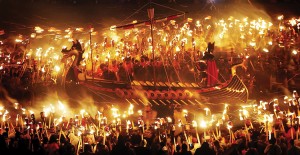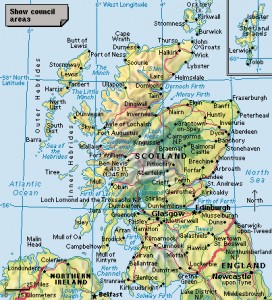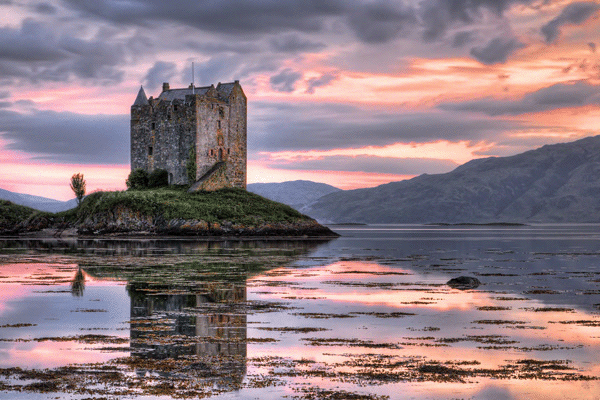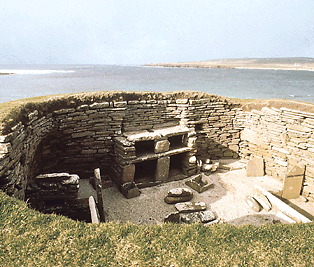Cutty Sark 150
Friday, November 22nd, 2019November 22, 2019
On Nov. 22, 1869, 150 years ago today, the clipper ship Cutty Sark was launched in Dumbarton, Scotland. Clipper ships were fast, slender sailing vessels. One of the fastest sailing ships ever launched, Cutty Sark was also one of the last in regular service. At the time Cutty Sark was launched, most ships were converting to steam power, ending the age of sail that began in the 1500′s.
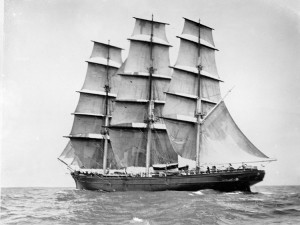
The clipper ship Cutty Sark was launched 150 years ago today on Nov. 22, 1869. Credit: State Library Victoria
Cutty Sark was named after Cutty-sark, the nickname of the witch Nannie Dee in the Robert Burns poem “Tam o’ Shanter.” Designed to carry tea from China, Cutty Sark was built on the River Clyde, at Dumbarton. Cutty Sark measured 212 feet (64.5 meters) in length and 36 feet (11 meters) in width. It had a sail area of 32,292 square feet (3,000 square meters), a large area in proportion to its size. Cutty Sark had a maximum speed of 19 miles (31 kilometers) per hour, or 17 knots, a good rate for a sailing ship of the time.
During the years it was employed in the tea trade, Cutty Sark proved exceptionally fast but could not match the speed of its rival, Thermopylae. Later, Cutty Sark became the fastest of the clippers in the Australian wool trade. In 1895, it became the Portuguese ship Ferreira. It returned to British ownership in 1922. In the following years, it was moored first at Falmouth, Cornwall, and then at Greenhithe, Kent, before being removed to Greenwich, in London. It was put on public exhibition in 1957.
In May 2007, a fire broke out on Cutty Sark, damaging parts of the ship’s decks and hold. The Cutty Sark Trust, a charity group that maintains the ship for public exhibition, had been restoring the ship. To make repairs, the group had removed parts of the ship, including the masts, much of the planking, and the coach house. As a result, these parts were spared from the fire. Restoration of the damaged parts was completed in 2012.


